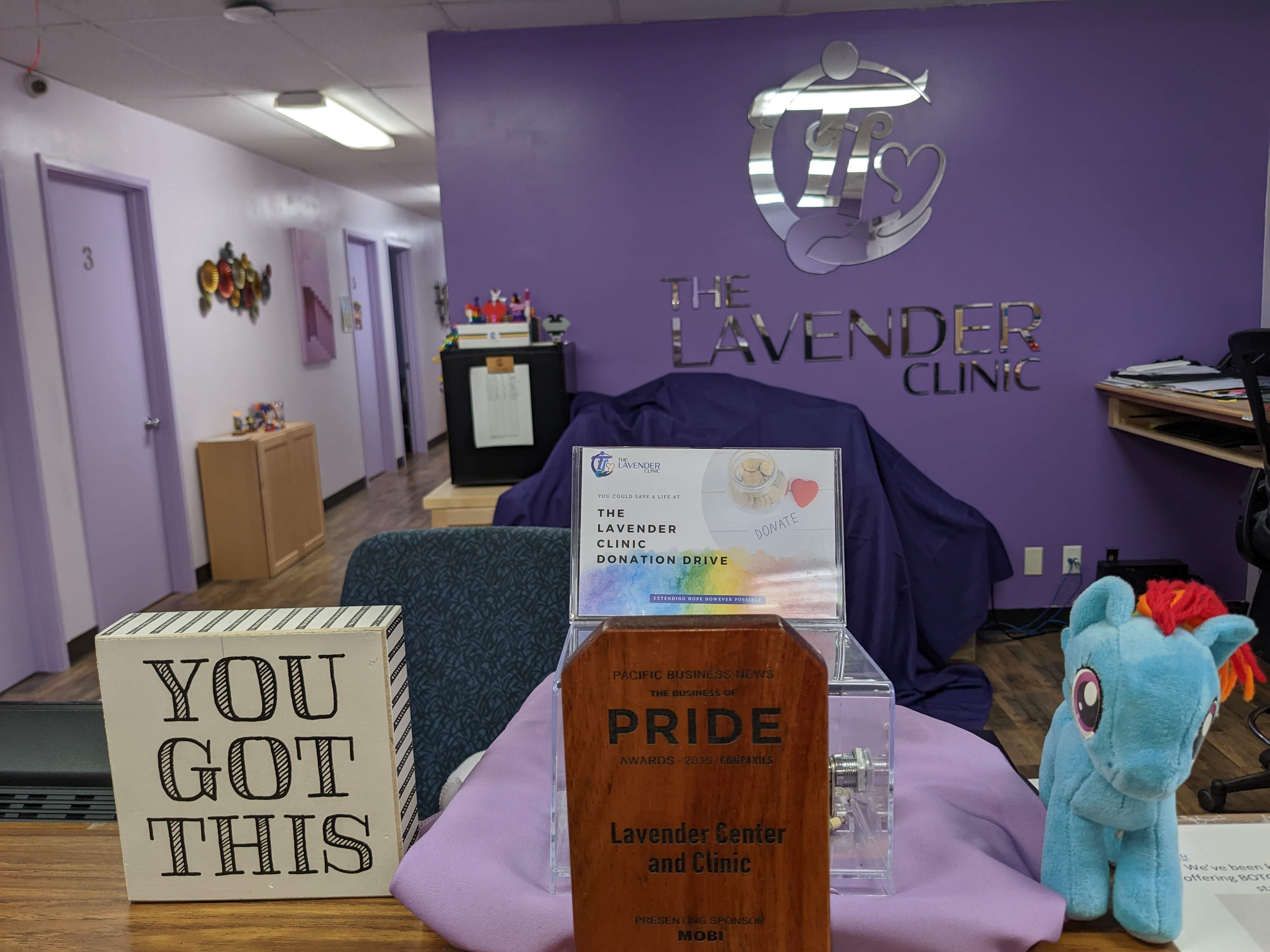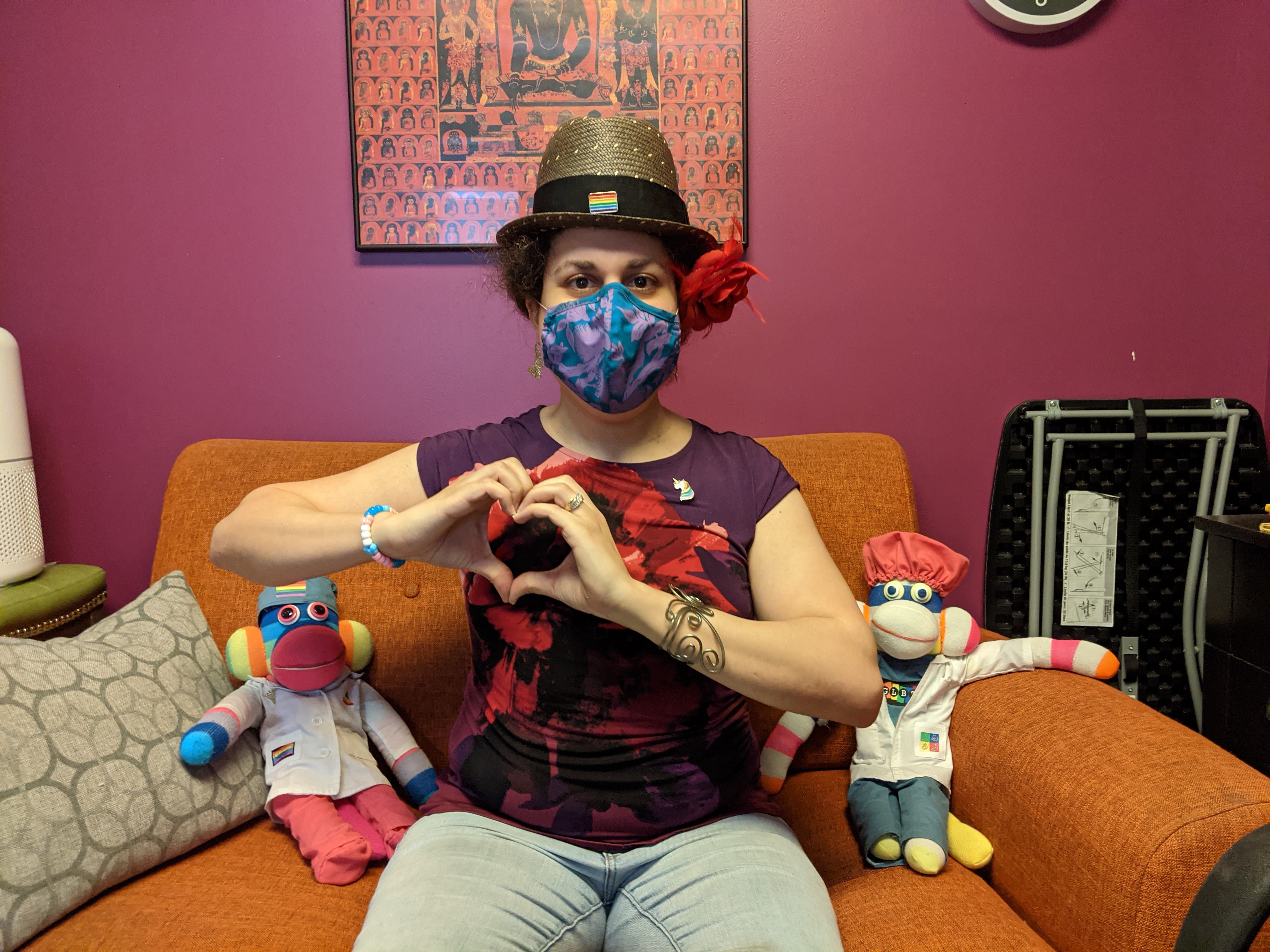10 Ways to Empower your Healthcare Journey
Whether you call them a primary care provider, internist, general practitioner or family doctor, they are there for you. Having a primary care provider means you can build a provider-patient relationship with someone who knows you well and works with you to increase your chances for a long and healthy life. It’s about more than taking care of sore throats and cuts or bruises, as our providers explain.
1. Don’t be afraid to ask questions.
Better yet, write them down whenever you think of them so you don’t forget to ask something important during your visit.
2. Use your online patient portal.
It can be one of the best ways to communicate directly with your provider. You can even send your questions in ahead of your visit.
3. We put a lot of thought into your treatment plan.
Your treatment plan is tailored to you and is by no means a blanket plan for everyone. We take the time to get to know you and think about how different approaches may impact you. To name a few, we consider:
· Which treatments are covered by your insurance
· General science and safety
· How much support from others you’ll need during treatment
· Therapy delivery method (oral, outpatient, inpatient, etc.)
· Where treatment is offered
· Your goals, wishes, and fears
4. A provider’s job involves a lot more than just seeing patients.
We spend a lot of time advocating for gender diverse healthcare by helping shape policy and providing education and training.
5. We can effectively coordinate your care.
We’re like your general contractor. We often speak with a lot of specialists about a particular patient as their advocate. We talk to the cardiologists, the GI doctors; we’re on the phone saying “Here is what I know about the patient, here is their entire background.” We work for you to ensure you get the care you need.
6. We recommend a yearly visit, but not for the reason you may think.
The most important part of the physical is not the physical itself, but the conversation with your PCP, to come up with plans to keep you healthy. A lot of diseases are preventable. Something like diabetes we have lots of control over. We can target people who are in their 20s, 30s and 40s and get them to develop good eating and exercise habits. This helps prevent developing a condition like diabetes when they are in their 50s.
7. Be open with us. We can help.
We’re here to help you, not judge you. Yeah, it’s embarrassing to tell your doctor that sex hurts or you’ve been farting up a storm, but doctors need to know the gory details to figure out what is going on. Trust us. We’ve heard it all before.
8. We’re not making you wait on purpose or because we’re bad at planning.
It’s never our desire to make people wait, but the best-laid plans frequently get blown out of the water. Maybe the patient before you was late and was squeezed in or needed stitches, or someone mentioned chest pain during a routine checkup. That stops everything. You may never know what caused the holdup. We can’t tell you what happened because of confidentiality rules.
9. Tellus if you don’t understand something.
If you’ve been given a diagnosis, your provider needs you to grasp what it is, how it’s going to be treated, and how to follow up if you have questions. Speak up if anything isn’t clear. Repeat instructions for taking medication back to the doc and ask about the most common side effects of your medication, when you can expect to feel better, and what to do if you don’t or if your condition worsens.
10. Chronic problems take time.
If you have a chronic health condition, it’s likely that you had several underlying dysfunctions in your body before you started to have symptoms. It may take your provider time to find the root cause. Although you want to feel better right away, realize that it can take time and you may even experience what looks like a setback.





